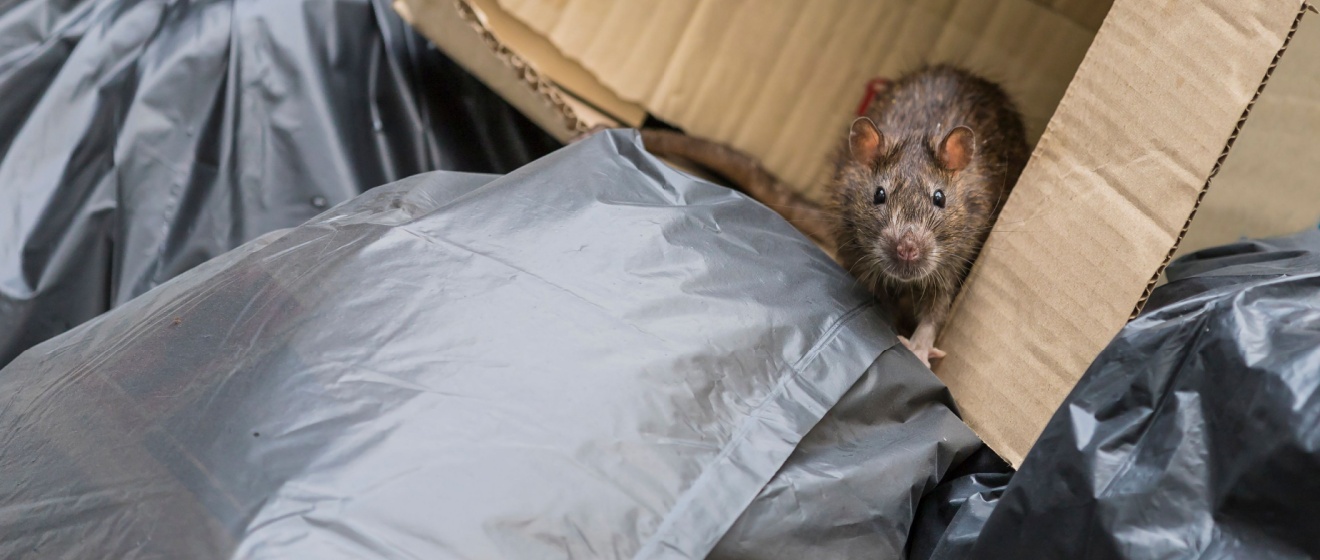New York City is famous for its cultural diversity, towering skyscrapers, and crowded streets. Yet, hidden beneath the surface is a persistent struggle with rodents—one intensified by the city’s extraordinary density. If you’re facing recurring infestations, it is important to discover effective rodent management strategies that can help property managers, landlords, and building owners protect their investments.
Population Density Fuels Rodent Activity
With millions of people packed into a relatively small geographic area, NYC provides an endless supply of food waste and shelter for rodents. Every restaurant, grocery store, office building, and apartment complex contributes to an environment where mice and rats can thrive. This density also means that once rodents establish themselves in one building, they can easily migrate through shared walls, utility lines, and alleyways to the next property.
A Maze of Infrastructure
The city’s intricate network of subways, sewers, and underground utility lines creates a hidden world where rodents thrive. These subterranean pathways act as rodent highways, enabling them to move around the city with ease. When property owners attempt to control rodents, they must consider not just what happens inside the building, but also external factors like burrows under sidewalks and entry points leading into basements and storage areas.
Constant Food Sources
In a city where dining options are seemingly endless, food waste is abundant. Even with strict waste disposal regulations, the sheer volume of trash placed on sidewalks offers a nightly feast for hungry rodents. For building managers, controlling this food supply is a critical step. Encouraging proper garbage disposal among tenants, installing rodent-proof dumpsters, and scheduling frequent waste pickups can help, but these measures are not always easy to implement consistently.
Multifaceted Properties and Limited Space
Because real estate in NYC is at a premium, buildings often serve multiple functions. A single high-rise might host retail shops on the ground floor, offices on the next several levels, and residential units up top. The mixing of commercial and residential spaces increases complexity. The waste from a restaurant, for instance, might inadvertently support rodent populations that later migrate to the building’s residential units. Property owners must employ a layered approach to pest control, considering the needs of various tenants.
Strict Regulations and Public Pressure
The city enforces pest control regulations, but compliance is a challenge given the scale of the problem. Property owners face increasing public scrutiny and the possibility of fines if infestations persist. However, enforcement alone cannot solve the problem. Building owners must be proactive—sealing entry points, conducting regular inspections, and partnering with professional exterminators experienced in handling complex urban environments.
Adopting a Proactive, Holistic Approach
Rodent control in NYC requires more than setting traps. It demands an integrated strategy: improving sanitation protocols, educating tenants on proper waste disposal, and maintaining building exteriors to limit entry points. Professional exterminators can help implement Integrated Pest Management (IPM), blending preventive measures with targeted treatments for long-term success.
Given New York’s building and population density, controlling rodent populations poses unique challenges for property managers and building owners. Yet, with the right combination of prevention, education, and professional intervention, these challenges can be overcome. Start securing your property and investment by exploring these expert rodent control services today.

